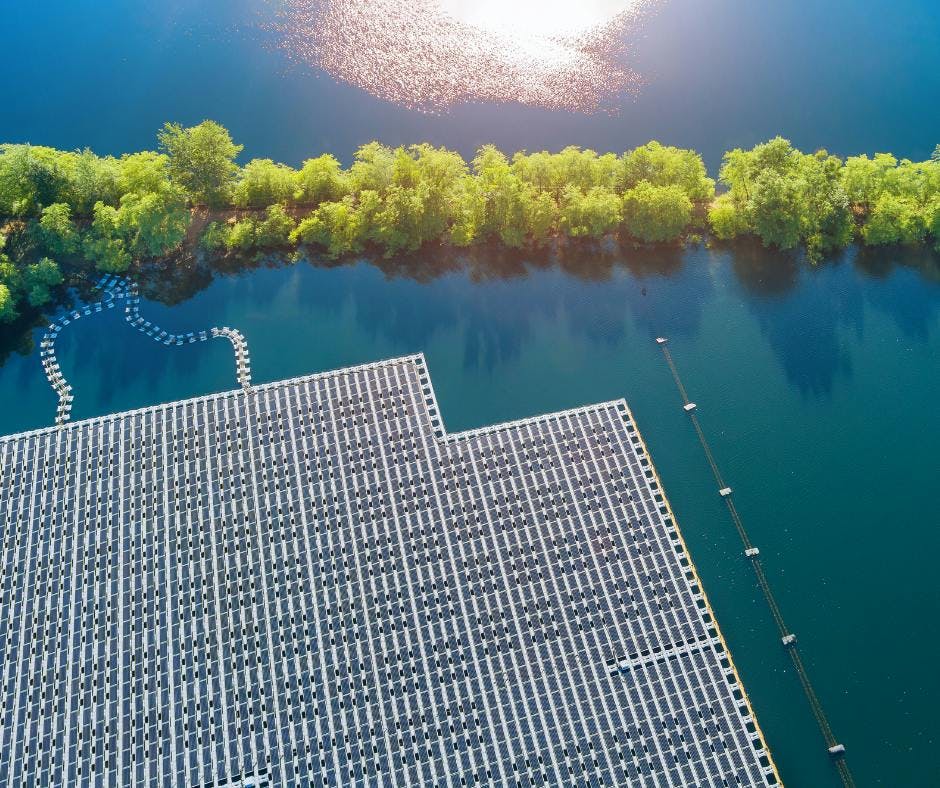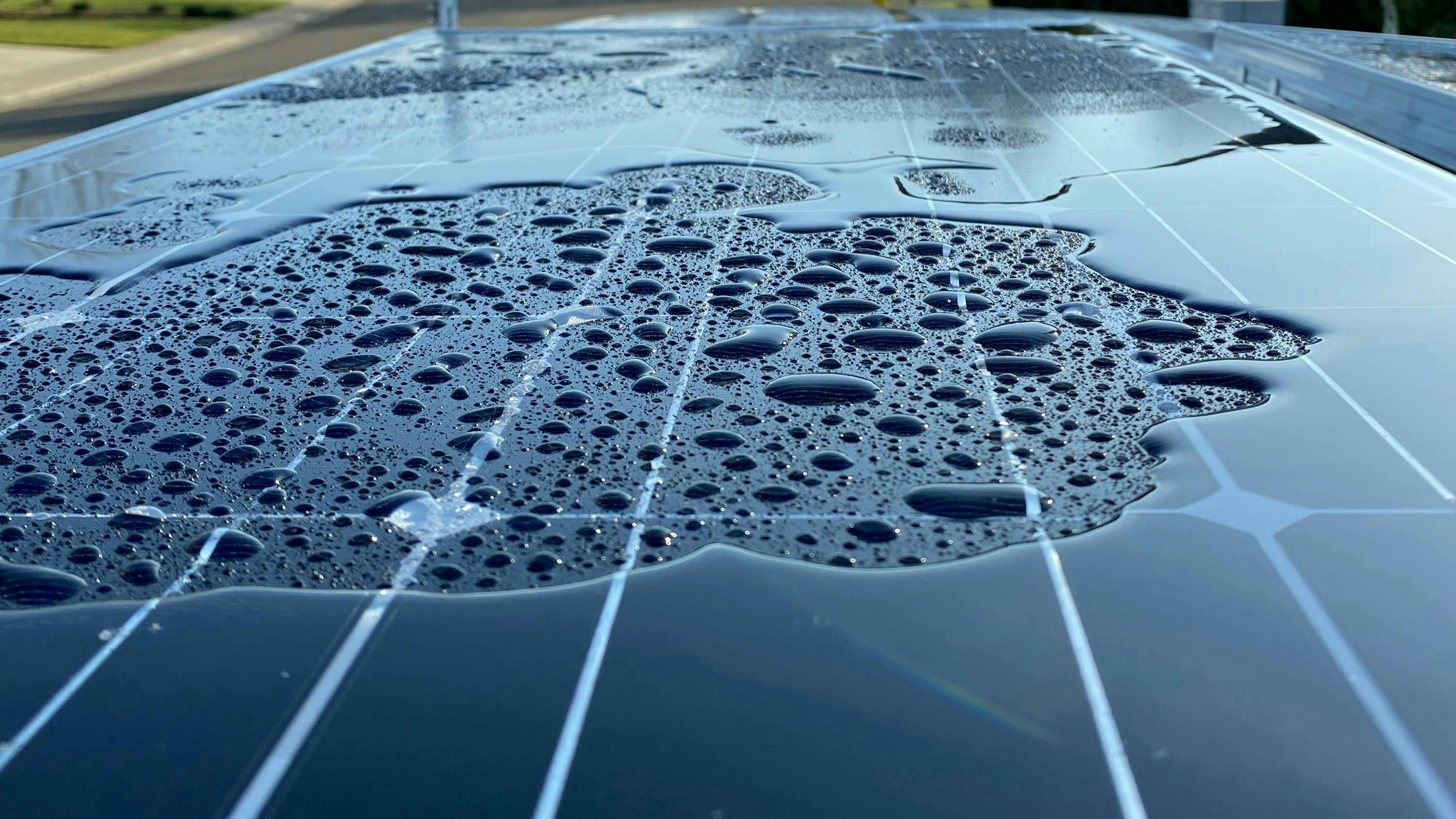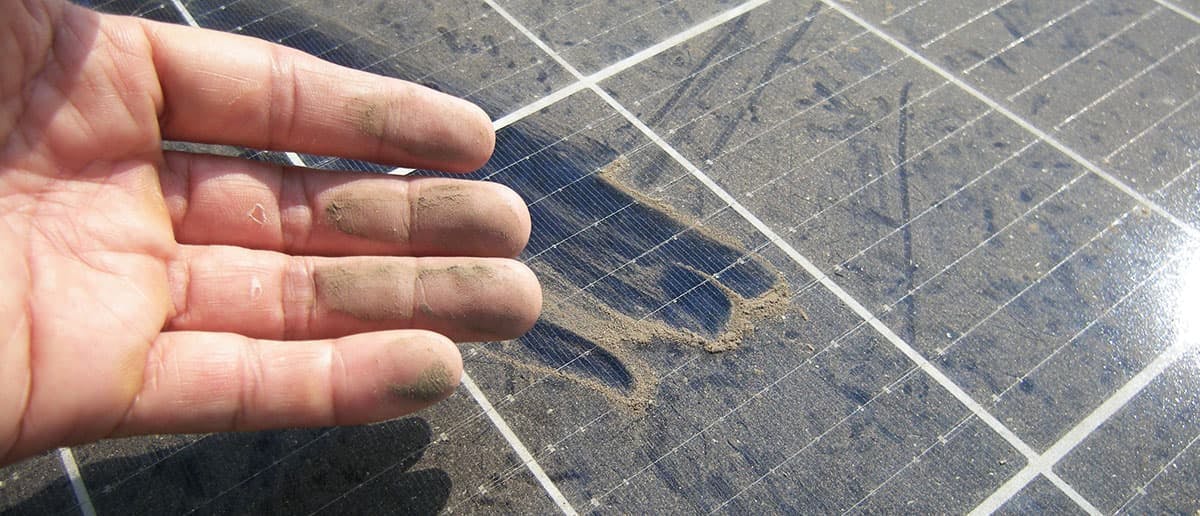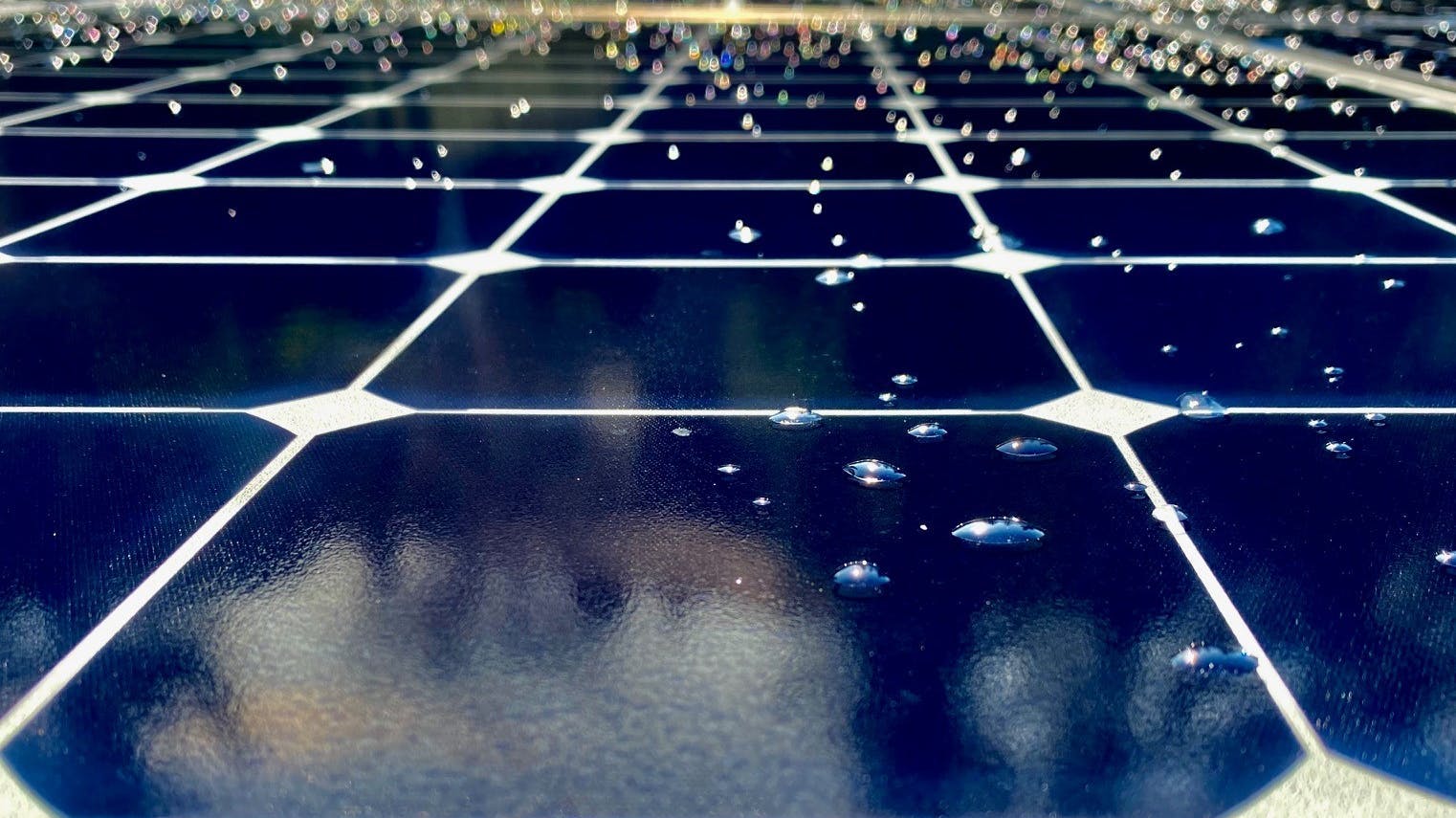R. Dr. Francisco Sá Carneiro
Zona Industrial de Bouro, Letra C
4740-010 Esposende, Portugal

Floating solar Parks
Floating solar farms, also known as floating photovoltaic systems, are solar panel arrays that are installed on a body of water, such as a pond or a lake. These systems can be used to generate electricity from sunlight in areas where land is scarce or expensive, or where there is a demand for renewable energy but little space for traditional ground-mounted solar panels.
This type of facilities can provide several benefits compared to traditional systems. For example, the water beneath the floating panels will help to cool the panels, which will increase their efficiency significantly. Additionally, the floating platforms can provide shade for the water beneath them, which can help to reduce evaporation and improve water quality.
The latest trend is to place floating solar farms next to hydroelectric or wind power stations and profit from the existing connection to the electrical grid. This allows the reduction of costs and speeds up the project conclusion. This is known as hybridization.
These systems are a relatively new technology which has the potential to generate energy from solar panels while also providing environmental benefits. However, there are several challenges associated with the development and deployment of floating solar plants, including:
- Technical challenges: specialized equipment and engineering is required to ensure the stability and structural integrity of the floating platform;
- Costs: building and maintaining this type of park can be more expensive than a traditional ground-mounted solar installation, due to the additional cost of the floating platform and the specialized equipment required;
- Environmental concerns: There are concerns about the potential environmental impacts, such as the impact on aquatic ecosystems and the potential for the floating platforms to block sunlight from reaching the water surface;
- Limited availability: floating solar parks are only feasible in areas with large bodies of water, such as reservoirs, lakes, or man-made ponds;
- Maintenance: Maintenance and repair can be challenging and costly due to their location on water.
How to proper maintain floating solar plants?
Maintenance of these systems is very important to ensure that they continue to function properly and generate electricity efficiently.
Therefore, some steps must be taken to ensure the normal operation and preservation of the equipment:
- Regularly check the panels for debris such as bird poop, leaves, or branches, and clean as needed.
- Inspect the panels for any signs of damage, such as cracks or broken parts, and repair or replace them as needed.
- Check the mounting systems and connections regularly to make sure they are secure and functioning properly.
- Inspect the electrical system, including the inverters and cables, for any signs of damage or malfunction.
- Monitor the water level in the pond or lake, where the panels are installed, and ensure that it remains at a consistent level and does not place any stress on the electrical connections or on the tying cables.
- Monitor the performance of the panels and compare it to the expected output to ensure that they are functioning properly and generating electricity efficiently.
A good inspection and preventive maintenance plan is key to minimize downtime and costs. The maintenance of this type of solar plant is also usually more frequent and requires additional tools and training.


Challenges when cleaning floating solar plants
There are a number of challenges associated with cleaning floating solar plants, below we listed some of them:
- Safety: Cleaning floating solar panels can be a hazardous task, especially if the panels are located on a large body of water or in an area with challenging weather conditions. It's important for workers to be properly trained and equipped to safely clean the panels;
- Costs: the cost associated with the cleaning can be expensive, especially if specialized equipment is required, if the panels are located in a remote area or if they require frequent cleaning;
- Access: Depending on the location it may be difficult for workers to access the panels for cleaning. Since the panels are floating on water, it can be difficult to reach them for cleaning and maintenance. This may require the use of specialized equipment such as boats or cranes;
- Weather: Inclement weather, such as strong winds and heavy rain, can make it difficult or impossible to clean the panels;
- Soiling: floating solar panel arrays can accumulate soiling such as bird droppings, leaves, branches, fungi and algae, which will block sunlight and reduce the panels' efficiency. This debris may need to be removed regularly to ensure that the panels are operating at their maximum capacity and avoid the appearance of hotspots;
- Environmental impact: It's important to clean floating solar panels in a way that minimizes the impact on the environment. This may involve using environmentally-friendly cleaning products and taking steps to reduce the quantity of cleaning-related debris from going to the water.
The best cleaning methods for floating solar plants
The two main cleaning methods used to clean floating solar plants are:
- manually with a water fed pole;
- semi-automatically with a robot.
The robot is more efficient on medium to big plants while the manual cleaning is more suited for smaller plants. Have a mind that cleaning floating plants implies more setup time, more manpower and specialized tools when compared with cleaning solar plants on land. The water management (bigger hose reels, someone to manage the hose between the panels and floats, etc.) together with added difficulty of standing on the floats are the main constrains.
As you might imagine, these plants are very prone to have problems with bird droppings as the birds use them as refuge and as a way of warming themselves. Having this in mind, we recommend the use of brushes with harder bristles together with a cleaning agent to make the cleaning faster and easier. The use of just water can lead to the need of several passes with the robot or taking too long with the water fed pole.
When using a cleaning agent, you should make sure that it is certified for solar panels, readily biodegradable and harmless to the aquatic life. Chemitek Solar’s Solar Wash Protect ticks all those boxes and will also leave an antistatic and antiadherent coating on the panels which will make them easier to clean the next time.
The use of high pressure washing must also be avoided at all costs. It will void the warranty of must solar modules since it forbidden by the manufacturers. The high pressure jet can damage the anti-reflective coating and break the silicone seal around the frame.
Chemitek Solar has solutions for cleaning, protection and improving the efficiency of floating solar plants. Our products can be used for cleaning floating photovoltaic solar panels as they are ph neutral, biodegradable, environmentally friendly and tested by the international laboratory Tüv sud that they do not harm the PV modules.
Chemitek Solar’s solutions for cleaning floating solar plants
Solar Wash Protect (SWP) is a concentrated cleaning and antistatic protection product specifically developed for photovoltaic solar panels, effective in cleaning a wide range of organic dirt. The antistatic properties of SWP make future cleanings easier, keeps the panel cleaner between cleanings, reduces cleaning time and water consumption by up to 50% (on manual cleanings).
Water Softening Agent (WSA) was developed to treat hard and very hard water, specifically the one used for the solar industry. Biodegradable, highly concentrated and without influence on the pH of the water, this solution has a low cost per m2, thus avoiding any upfront investments, and is completely scalable. This biodegradable treatment reduces water hardness by capturing ions, thus preventing the appearance of stains and limescale deposits. It is compatible with all other products offered by ChemiTek. This softener does not affect the aluminum structure, the silicone, or the anti-reflective coating of photovoltaic solar panels.
Chemitek solutions to protect floating solar Parks
D-Solar Defendor is a concentrated product that when diluted in water creates an hydrophobic (water repellent) coating for solar panels which also provides antiadherent properties to the solar glass. The hydrophobic and antiadherent properties left on the modules after the cleaning can represent up to 6% of added energy output on rainy days and up to 3% globally (varies with the soiling type and rate).
The coating is also used preventively to reduce the adhesion of soiling such as bird droppings and lichens. Being resistant to saline environments makes it the perfect protection for floating solar plants when place on bodies of salt water.
Antistatic Solar Armor (ASA) is a concentrated product developed to be applied with a robot or a tractor w/ brush, requiring no rinsing during application for normal cleaning. Its antistatic properties reduce the adhesion of dust to the glass, while keeping the solar glass cleaner between cleanings, and increasing the efficiency of the next wash as well as boosting energy production by up to 5%.
This coating is ideal for floating solar plants placed on bodies of fresh water where the weather is dry or temperate.
Do you have any suggestions or topics about the solar industry you would like to read here? Reach us by email!


